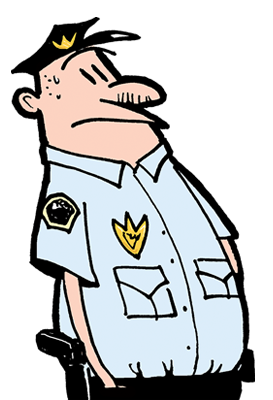The United States government does not keep accurate records about law enforcement-related deaths.
My boss does instead. Fatal Encounters operates from D. Brian Burghart’s dining room table, where other researchers and I are helping him to build a database of US law-enforcement related deaths from Jan. 1, 2000 to present. We call these deaths fatal encounters. We gather fatal encounters by scraping news reports, by making Freedom of Information Act (FOIA) requests and by working with other researchers.
My most important job is located in Brian’s coat room: several boxes filled with FOIA responses from 1,916 law enforcement agencies in Texas, the state my posts will cover. I’m recording the responses and scanning police reports.
Some responses are so thick with legal jargon that I am still trying to figure out what they mean. So I move on to other responses, like the manila folders filled with stacks of police reports that I am still working on. One constable wrote on our letter that his department had not shot anybody in the period of time for which we requested information. Then he resealed the envelope and sent it back.
Some responses contain a hundred or more photos of one death. Others are so heavily redacted that, instead of text, many pages are black squares of ink from margin to margin. Others still are so detailed that we now know what size Dickies, what color shoes, and what kind of gun someone wore when a law enforcement officer killed him.
My job is to read these responses for the information we need, scan them into my computer and attach them to the appropriate fatal encounters. It looks like officers involved in shootings, who predictably receive “three days of paid administrative leave,” spend much of that leave writing reports about their actions.
Reading the reports, I sometimes think I’m reading paperwork someone filled out at a doctor’s office. If you search for the right fatal encounter, so can you! We attach as many police reports as possible to fatal encounters so that primary documents will be available to the public.
As I complete the Fatal Encounters database for Texas, I will release reports about my findings.

